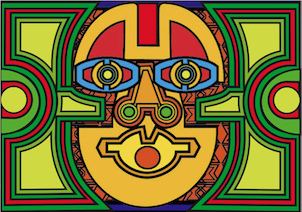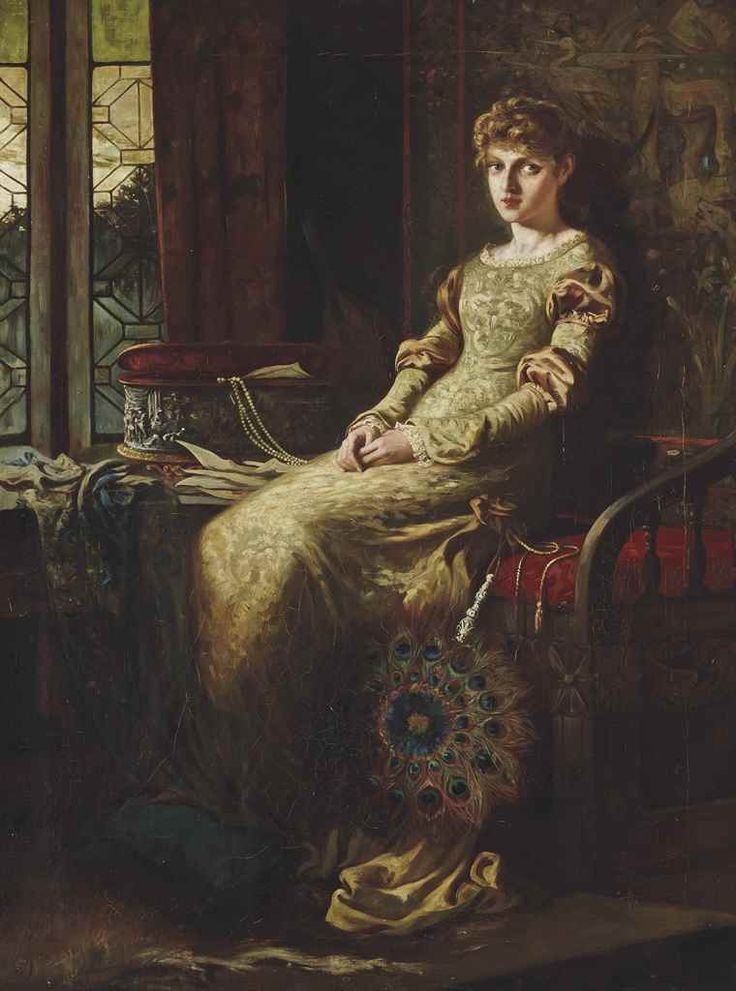Name Francis Bernard | Role Artist | |
 | ||
Francis bernard 13
Francis Bernard born in Paris in 1928 is a painter, a multimedia artist and the author of textimages.
Contents
- Francis bernard 13
- Biography
- Guiding principle and influences
- Multimedia
- Exhibitions
- Cartoon movies and graphic videos
- Illustrations and books covers
- References

Biography

Francis Bernard was born in Paris in 1928 and brought up with heroic tales of the Poilu (the French infantrymen of the First World War). He was, therefore, left distraught that by the French defeat of 1940 - the heroes of Verdun had become the vanquished. To forget the war or at least to hide its memory, Francis Bernard took refuge in books. These were rare in the family library, so he even stole a complete edition of Homer's poems from the Jesuit college where he was educated. Ulysse became his hero · .
Guiding principle and influences
The importance of line and color already became essential to him in his childhood, through the pages of a two-volume dictionary of mythology, one of the few books in the family home. Plates of statues from a Berlin museum illustrate the book. All are line engraved and this technique would influence the artist throughout his life. At the end of the war, Bernard became enthused by color and visited every gallery in the Latin Quarter. It is during these visits that he determines to become a painter. The father of a friend, knowing his passion for painting offers him his first box of oil paints and a period of copying works from the impressionist period commences. He spends a year in the studio of André Lhote, whose "Treatise on Figure" and a "Treatise on Landscape" he had read. Lhote highlights the underlying geometric lines on which a work depends and this will become a lifelong guiding principle to the artist · .
Multimedia
As a multimedia artist, Francis Bernard expresses himself on the website « Polychromies ».
Exhibitions
In 1974, Francis Bernard exhibits work at the Swedish Cultural Center in Paris: a polychromatic sculpture on the occasion of an exhibition of works from the Salvador Allende Museum, Santiago, Chile.
A few years later, Francis Bernard undertakes a graphic transcription of « AMERICA » a poem by Michèle Lalonde from Quebec. Presented as billboards, this work will be shown in Montreal, as well as in the Luxembourg museum in Paris in December 1980.
In 1981, Francis Bernard creates a graphic series based on the character Père Duchesne. This will be shown for two months at the Centre Pompidou. The series is a collection of 150 drawings and paintings and constitutes the « Théâtre pictural du Père Duchesne ». It is inspired by the Jean-Pierre Faye play, Les dernières journées du père Duchesne, which uses historical material from the revolutionary newspaper« Le Père Duchesne ». Twenty two panels of this series are also presented at the French-Italian Cultural Center, during the biennial Venice carnival on the theme "The masks of Marat".
In 1984, in the hall of the Criée Theater in Marseille, Bernard exhibits a series of images painted on the theme of the French revolution in the style of the Épinal print.
Francis Bernard has also widely exhibited elsewhere: Cultural center, Nanterre; École normale supérieure, Cachan; La Rochelle; Bruxelles; Montréal….).
Cartoon movies and graphic videos
In parallel to the graphic series on Père Duchesne, Francis Bernard also creates a graphic video. Filmed in 1981 in the video studio of Beaubourg, it will be shown during the biennial Venice carnival and in the large hall of the Centre Pompidou.
In Venice he makes the cartoon movie « Les Pupi Siciliennes ». The characters are wooden puppets who tell the story of Charlemagne upon his return from the Crusades. The musical score for the film is composed by Enzo d’Alò director of the studio La Lanterna Magica. In 1979, with Enzo D’Alò Bernard makes the film « Pupinocchio » in the studio La lanterna Magica, Turin. This is a graphic fantasy combining the characters of Pinocchio and the Pupi siciliennes.
Francis Bernard is also author of the play entitled « Attentat à la peinture » first performed in Bruxelles in the Halles de Schaerbeek and then in Turin, Gênes and Milan. Parts of the play were also performed in the Théâtre du Rond-Point in Paris which Jean-Louis Barrault and Madeleine Renaud were the directors-organizers. Ahmed Ben Diab, visual artist and musician composed the score.
Illustrations and books' covers
In 1980, Francis Bernard illustrated books by Michèle Lalonde that were published for a celebration of the 14th of July organised by the town of La Rochelle. These included Métaphore pour un nouveau monde.
In 1986, Francis Bernard illustrated a Moroccan tale, entitled La Négresse Lune in collaboration with Bénédicte Vilgrain. The full-page compositions are in black and in color,. In the same year, he illustrated several texts of poetry including « Narration du déluge » written by Abdellatif Laâbi and published by Arcantère (1986). The illustrations were also exhibited at the Castel of Fougères.
Bernard also contributed to the review CHANGE founded and animated by Jean-Pierre Faye who operated the typesetting of the review published by Robert Laffont.
Between 1983-1987, Francis Bernard typeset the cover of several works from the series « Théorie pratique pédagogie » published by Pratiques. Since 2009, he has produced the dummies of books published by Jean-François Chanlat, professor at the University Paris Dauphine for the éditions of Montréal.
